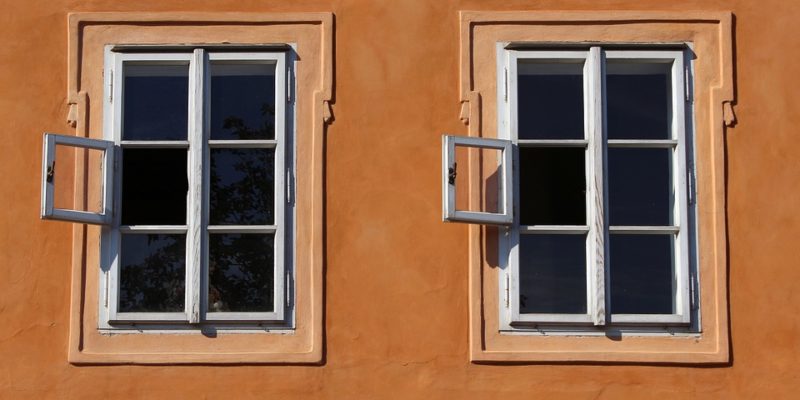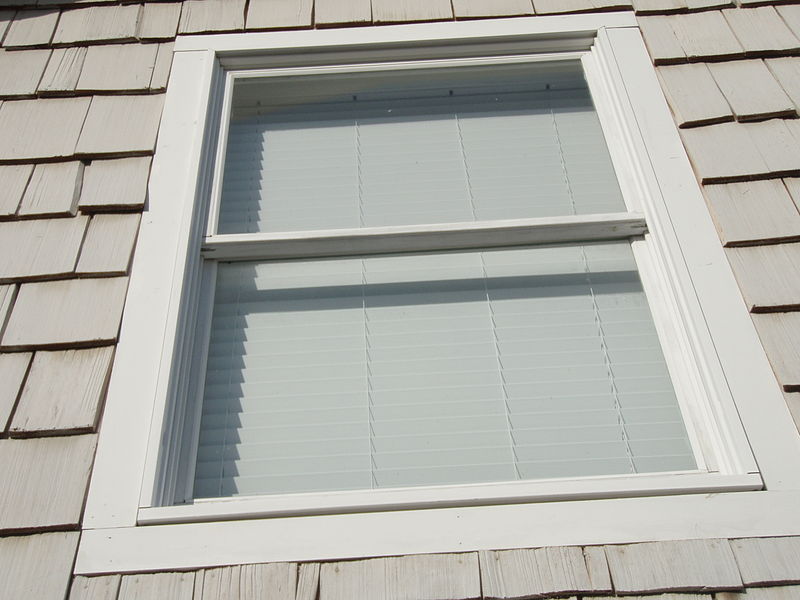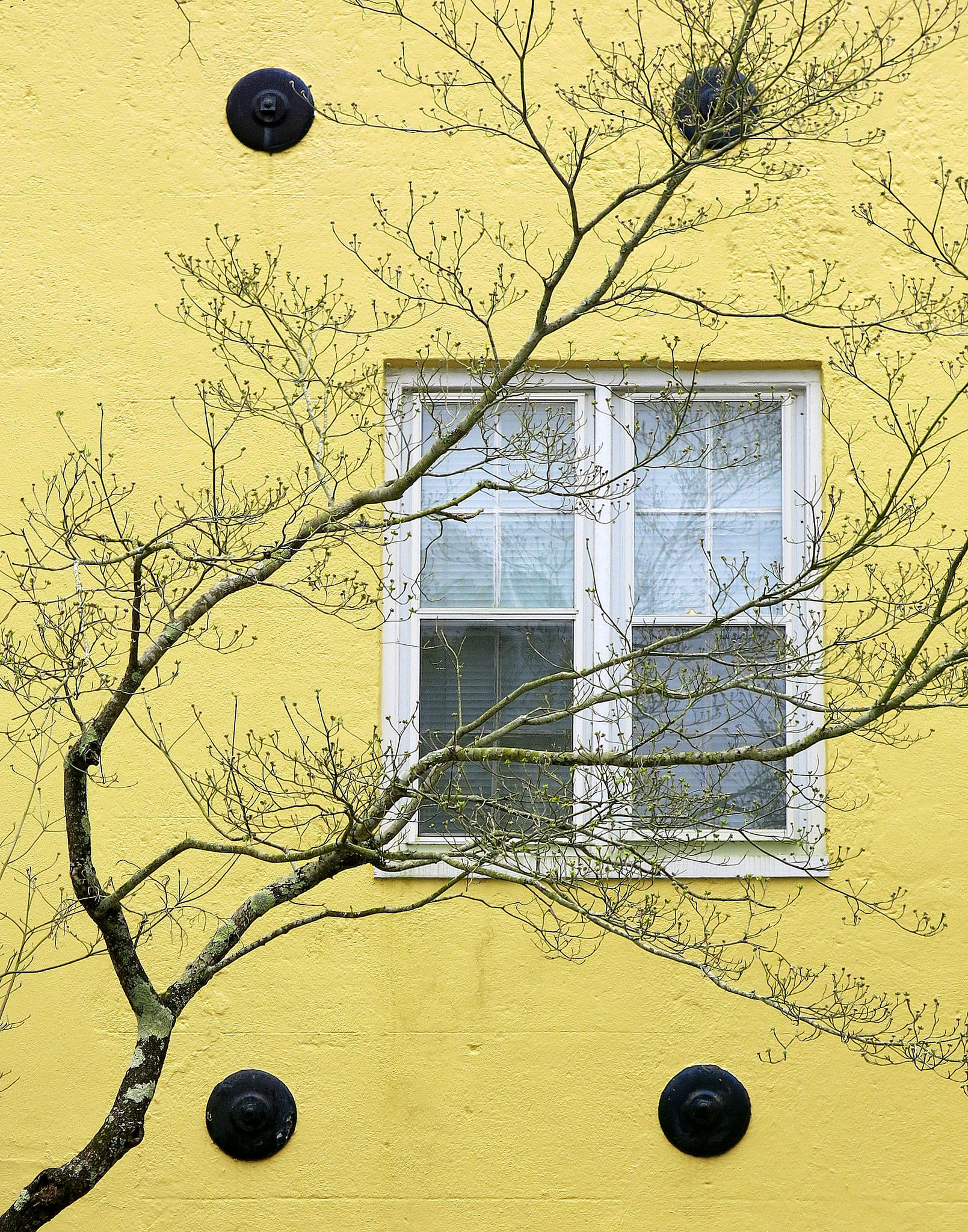Sash windows are a fantastic way of injecting a little Victorian-era charm into your period property, but they’re an attractive solution for more contemporary-style exteriors, too. If you’re shopping for a sash window, then you’ll generally be faced with two materials to choose from: uPVC and Timber.
uPVC (or un-plasticised poly-vinyl chloride) is a form of plastic that’s hugely popular in doors and windows. It’s resilient and can be reshaped at high temperatures, which makes it an economical choice. Timber, on the other hand, is a naturally-occurring product which (provided that it’s harvested responsibly) is infinitely sustainable (and it looks great to boost).
Let’s run through the advantages of both materials so you can figure out which one will be most suitable for your home.
What are the advantages of uPVC sash windows?
uPVC windows are cheap
Sash window cost is undoubtedly a factor that’ll influence your purchasing decision. uPVC has significantly reduced the cost of sash windows, compared to their timber equivalents.
When it comes to running costs, the material used matter less. In fact, uPVC and timber tend to be roughly equivalent when it comes to thermal efficiency. With that said, the lower up-front cost of uPVC sash windows is sure to make them an attractive proposition.
uPVC windows are tough
Another key strength of uPVC is that it’ll withstand pretty much anything nature can throw at it. You won’t need to worry about water damage causing the material to disintegrate over time, and minor knocks and scratches are very unlikely to cause lasting damage.
uPVC windows don’t warp
Timber is formed of fibres that will change shape in correspondence to moisture and heat. uPVC however is much more resistant to these fluctuations.
uPVC windows are low-maintenance
Timber windows need to be treated occasionally if they’re to stay in tip-top condition. This might involve sanding, cleaning, and finishing – all of which might be tricky if the window is on the third floor! By contrast, uPVC demands little attention; give it an occasional wipe with a damp cloth and it’ll look and function just as well.
What are the advantages of timber sash windows?
Timber windows look great
Many people believe timber windows are more attractive than their plastic counterparts. This is especially so if you’re installing them into a period property, where plastic windows might look out of place. Considerations like this are subjective – but most of us will probably agree that a properly finished wooden window frame looks better than a bright-white plastic one. Of course, uPVC windows are available in colours apart from white, but they are priced at a premium.
Timber windows last for a long time
Provided that it’s properly looked after, the lifespan of a wooden window frame more than justifies the initial cost. The average wooden window will last for around six decades, compared to around three for uPVC windows. Check the length of the warrantee on offer for extra reassurance – we provide a forty-year guarantee against rot and fungal problems on our softwood compounds.
Timber windows are eco-friendly
It might seem obvious that timber should be greener than uPVC. After all, plastics are created using oils that have come out of the ground – oils that can’t be replaced once they’ve been extracted. Timber, by contrast, comes from trees that can be replanted over and over again. Of course, this is meaningless if the timber in question isn’t obtained responsibly. That’s why we ensure our timber windows are FSC certified, and provide a Chain of Custody on request. That way you can see exactly how the materials came to arrive in your windows!
Timber windows are easy to customise
One significant edge that timber windows have over uPVC is that they can be modified. uPVC doors and windows are destined to remain in the same shape for the duration of their lives – they can be melted down and reshaped into a new window, but they can’t be modified once they’re in place. This means that if you’re looking to drill into your window to install a new lock, or you’d like a different set of handles or hinges, you’ll need to opt for timber windows.
That said, bolting on new hardware isn’t the only way you might want to customise your windows. You might wish to buy your window unfinished, and then apply your own coat of paint. Timber is the only material that’ll allow for this. uPVC windows, by contrast, aren’t made to be painted, which means you’re stuck with whatever colour you initially choose.
So what should you choose – timber or uPVC sash windows?
When deciding whether to opt for a timber or a uPVC sash window, you’ll need to assess what’s important to you, and what the best match will be for your home. If you’re upgrading the windows on a period property, timber tends to be the better choice. You might even find that planning permission restrictions forbid you from opting for anything else.
On the other hand, if you’re buying for a more contemporary property – and perhaps replacing a set of existing white uPVC windows, then uPVC might hold greater appeal. It’s also worth considering how much time you’re likely to invest in caring for your windows – particularly if they’re being installed somewhere difficult to reach.
Looking for new windows for your home? Browse our sliding sash or conservation windows or find out about our handmade bespoke windows.




